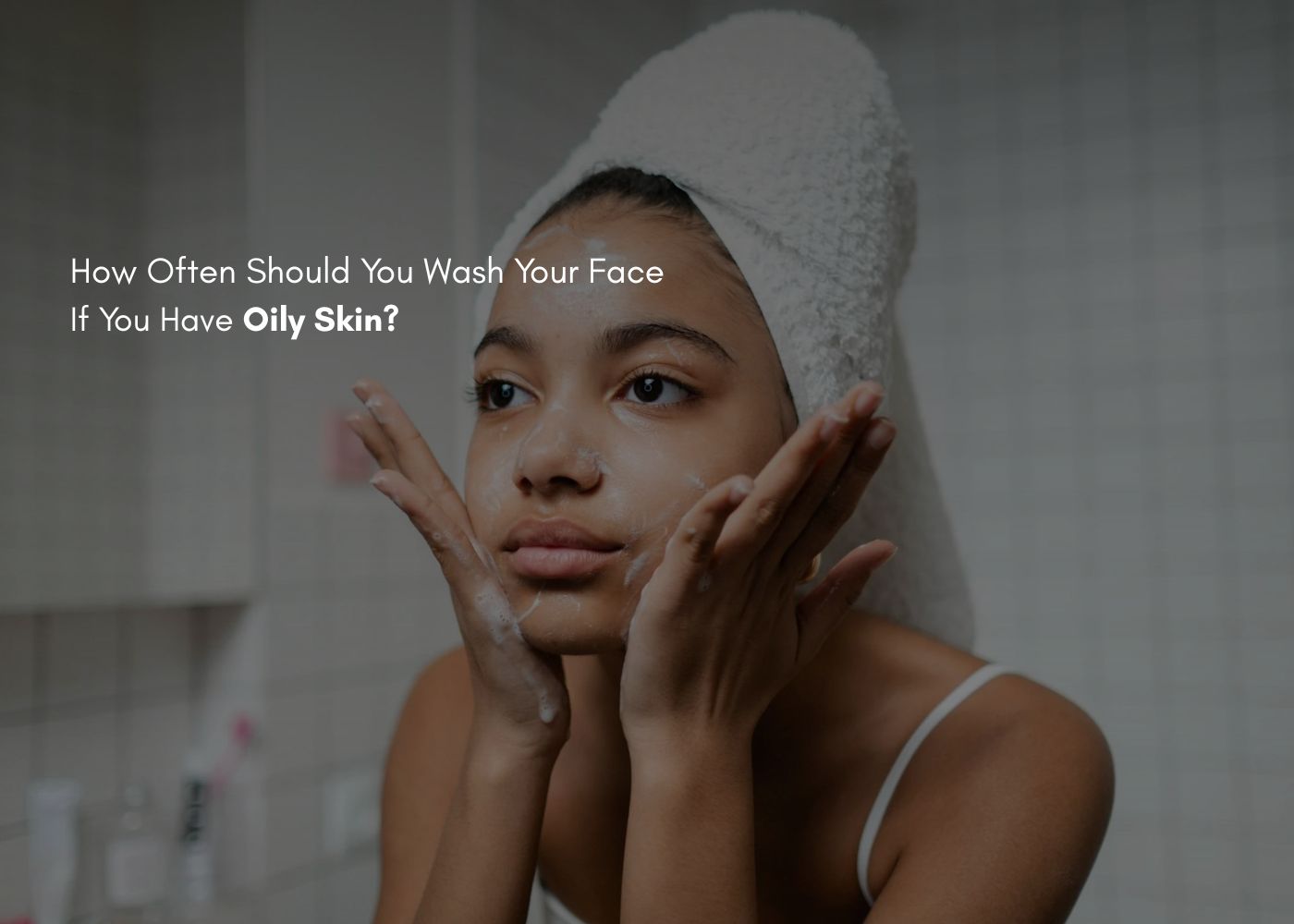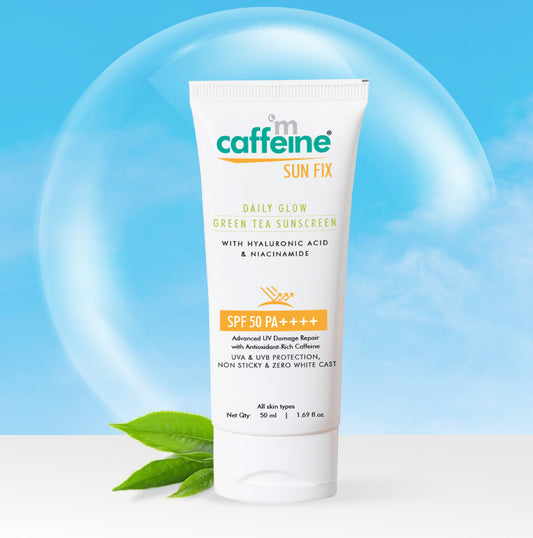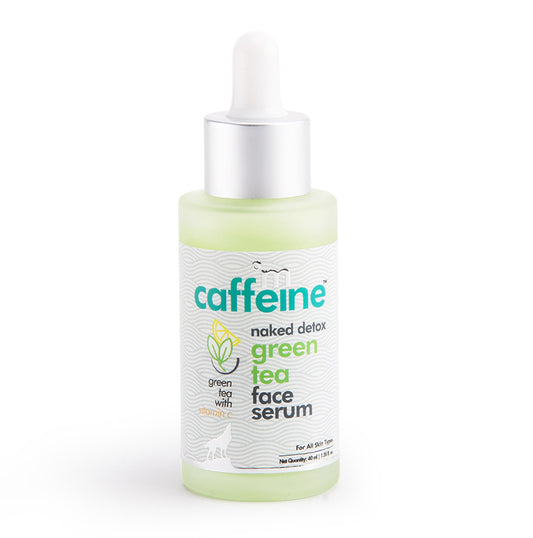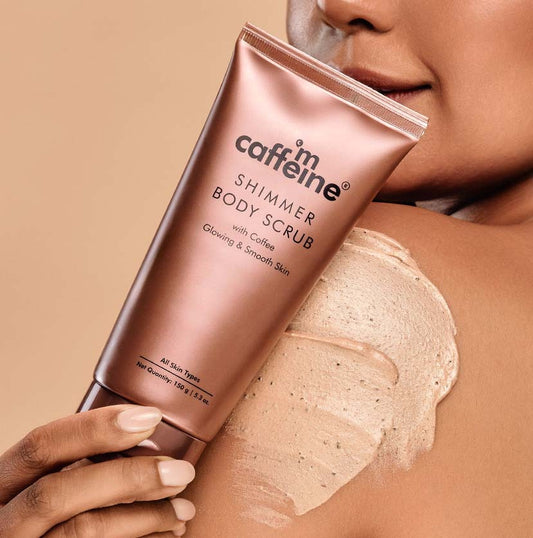Understanding How Face Serums Work: A Complete Guide
04 Feb 2025
What’s Inside a Face Serum?
Picture a tiny bottle filled with superhero ingredients. Face serums skip the fluff (like thickeners in creams) and pack 70% of what your skin craves—vitamin C to fight dullness, caffeine to zap puffiness, or niacinamide to calm breakouts.Green Tea Vitamin C Serum: it mixes green tea antioxidants with vitamin C to brighten skin without clogging pores.How’s this different from your regular moisturizer? Serums have molecules small enough to slide into deeper skin layers. Moisturizers? They’re like a security blanket—great for locking in moisture but too bulky to go past the surface.
Why Thin Formulas Rule the Skincare Game
Ever tried drinking a smoothie through a straw versus swallowing a pill? Serums are the pill. Their watery or gel-like texture lets them sink in fast—think 15 seconds instead of minutes. Here’s what makes them special:
-
Speed: Apply a pea-sized amount, press gently, and boom—done.
-
Power Dose: A serum for acne might pack 2% salicylic acid, while your face wash has just 0.5%.
-
No Residue: Oily skin folks, rejoice! Most serums (like this Naked Detox Serum) vanish without leaving a greasy film.
The Brainy Science Behind How Serums Work
Serums aren’t magic, but they’re smart. Let’s break down their tactics:
Vitamin C: Teams up with collagen (your skin’s scaffolding) to fade dark spots. Morning tip: Use a vitamin C serum before sunscreen for double sun protection.
Retinol: A night owl ingredient. It nudges skin cells to renew faster, smoothing texture over weeks. Try the Black Tea Retinol Serum if wrinkles bother you.
Pick Your Potion: Matching Serums to Skin Problems
Match your serum to your biggest skin headache:
|
Skin Issue |
Ingredient to Use |
mCaffeine's Fix |
|
Dullness |
Vitamin C + Green Tea |
Green Tea Vitamin C Serum |
|
Acne |
Salicylic Acid + Matcha |
Matcha Tea Clear Skin Pads |
|
Fine Lines |
Retinol + Black Tea |
Black Tea Retinol Serum |
|
Oiliness |
Niacinamide + Green Tea |
Niacinamide Serum |
Step-by-Step Guide to Using Serums Without Wasting Drops
Step 1: Wash Up First
Oily skin produces excess sebum, which can block serum absorption.
Start with a gentle, pH-balanced cleanser containing salicylic acid or tea tree extract to dissolve impurities without stripping natural oils. Cleansing twice daily (morning and night) removes grime and prepares skin for better product penetration. Avoid harsh scrubs or over-washing, as this triggers rebound oil production
Step 2: Apply on Damp Skin
Mist your face with water or apply serum immediately after patting skin dry. Damp skin is 20–30% more permeable due to softened stratum corneum, allowing deeper penetration of active ingredients like hyaluronic acid and peptides. Studies show hydration boosts absorption of water-based serums by acting as a conduit for actives. Exception: Retinol or exfoliating acids (AHA/BHA) should be applied to dry skin to avoid irritation.
Step 3: Use a Nickel-Sized Amount
For the face and neck, 3–5 drops (pea- to nickel-sized) is sufficient. Serums are highly concentrated, and overapplication wastes product or causes pilling. Example:
-
Hydrating serums (hyaluronic acid): 1 pump
-
Treatment serums (retinol, vitamin C): 2–3 drops
Excess serum won’t enhance results and may clog pores on oily skin.
Step 4: Press, Don’t Rub
Use fingertips to gently press or pat the serum into skin. This technique:
Reduces friction-induced irritation (critical for sensitive/oily skin)
-
Boosts circulation for a natural glow
-
Ensures even distribution without diluting actives
Avoid aggressive rubbing, which can stretch skin or disrupt the moisture barrier.
Step 5: Wait 2 Minutes Before Moisturizer
Allow the serum to fully absorb (1–2 minutes) before layering moisturizer. This prevents "pilling" and ensures active ingredients aren’t diluted. For oily skin, follow with a lightweight, non-comedogenic moisturizer containing ceramides or niacinamide to balance hydration without greasiness.
Pro Move: Anti-Aging Black Tea Routine for Retinol Newbies
For oily skin prone to acne or early wrinkles, try the mCaffeine Anti-Aging Black Tea Complex Kit (Retinol 0.3% Serum + Night Cream):
Why it works: Combines low-dose retinol (gentler for beginners) with antioxidant-rich black tea extract to boost collagen by 80% and control sebum.
How to use: Apply serum 2–3 nights weekly on dry skin, followed by the night cream. Always use SPF 30+ the next morning.
Key benefits: Reduces pores, fine lines, and excess oil while minimizing irritation.
Additional Tips for Oily Skin
-
Exfoliate wisely: Use salicylic acid 2–3x/week to unclog pore.
-
Layer strategically: Water-based serums first, then thicker creams.
-
Avoid comedogenic oils: Opt for squalane or tea tree oil instead of coconut oil.
Let’s Talk Results: Do These Bottles Really Do Anything?
Honest truth: Serums take time. Here’s what to expect:
-
Hydration: Plumper skin in 1 day (hyaluronic acid works fast!).
-
Breakouts: Fewer pimples in 3–4 weeks (thank salicylic acid).
-
Dark Spots: Lightening starts around 6 weeks (vitamin C loves patience).
Over 2,300 users swear by the Black Tea Retinol Serum for smoother texture.
Use based questions for Serum use
Can I use face serum daily?
Yes—most are safe daily. Start retinol 2x/week to avoid irritation.
Does serum work on oily skin?
Yep! Gel serums hydrate without oil. Naked Detox Serum balances oil in 4 weeks.
Do serums replace moisturizers?
Nope. Layer them—serum first, moisturizer second.
FAQs
1. Serum vs. Face Oil – Which is Better?
Serums and oils serve distinct purposes:
-
Serums: Water/gel-based formulas with concentrated actives (vitamin C, hyaluronic acid) to target specific concerns like acne, wrinkles, or hyperpigmentation.
-
Face oils: Lipid-rich occlusives (jojoba, squalane) that lock in moisture and reinforce the skin barrier.
Best practice: Use serum first for treatment, followed by oil to seal hydration. Oily skin can skip oil unless dehydrated.
2. Can I Use Two Serums?
Yes, but layer strategically:
-
Water-based serums (vitamin C, niacinamide) first – they penetrate deeper into damp skin.
-
Oil-based serums (retinol, bakuchiol) second – actives bind better to dry skin.
Tip: Avoid mixing exfoliating acids (AHA/BHA) with retinol to prevent irritation.
3. How Long Do Serums Last After Opening?
Check the Period After Opening (PAO) symbol (e.g., 6M = 6 months):
-
Antioxidants (vitamin C): 3–6 months (oxidize faster).
-
Stable formulas (hyaluronic acid): Up to 12 months.
Storage tip: Keep lids tightly closed, away from heat/sunlight.
4. Are Serums Safe for Teenagers?
Yes, with caveats:
-
Focus on hydration: Hyaluronic acid or aloe vera serums for acne-prone skin.
-
Avoid harsh activities: Skip retinol/vitamin C unless prescribed for severe acne/scarring.
Teen-friendly pick: The Ordinary’s Niacinamide 10% + Zinc 1% ($6) controls oil and breakouts.
5. Should Serums Be Refrigerated?
Only if:
-
The label specifies refrigeration (e.g., some vitamin C or peptide serums).
-
You live in a hot climate (heat degrades activities).
Note: Most serums stay stable at room temp (15–25°C/59–77°F). Cold storage can thicken oil-based formulas.
Conclusion
Face serums aren’t a luxury—they’re skincare’s secret weapon. Your skin doesn’t need 10 products; just the right serum. Ready to try? Grab your perfect match from the mCaffeine Serum Collection—100% vegan and cruelty-free.













